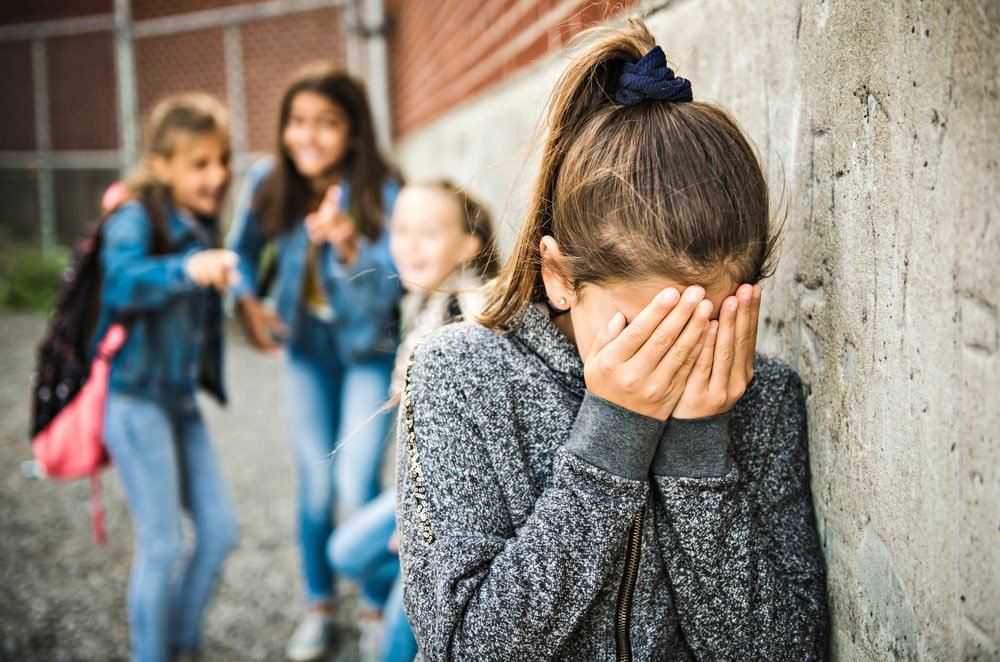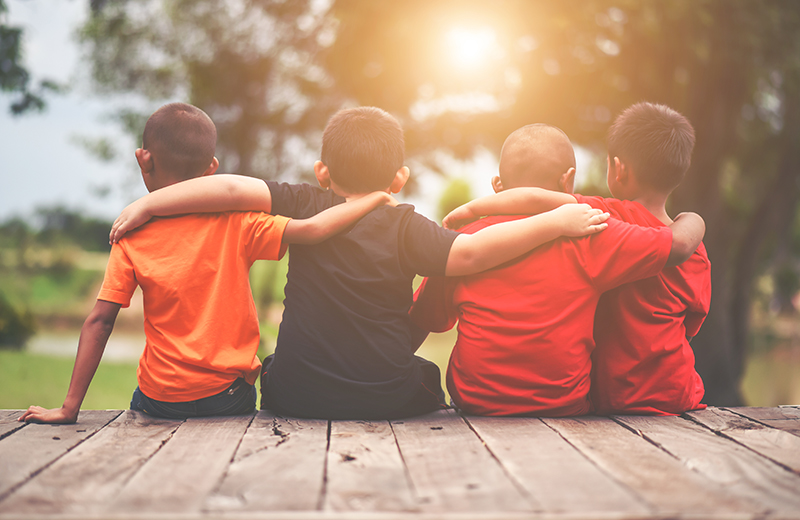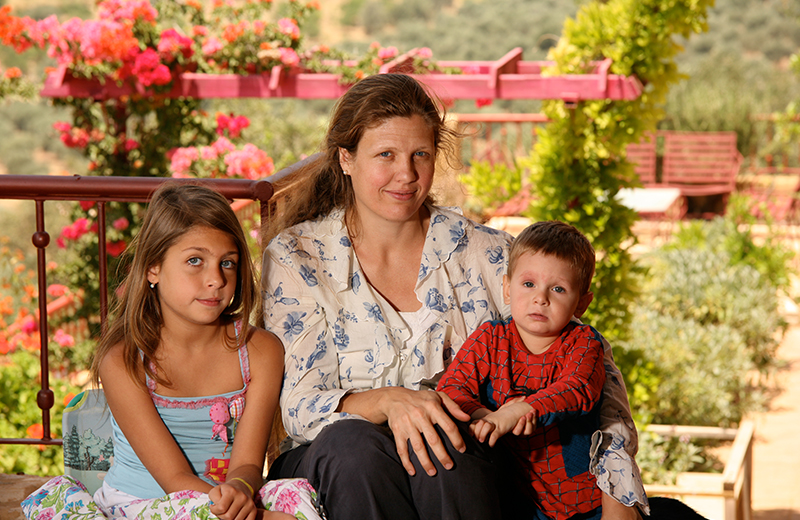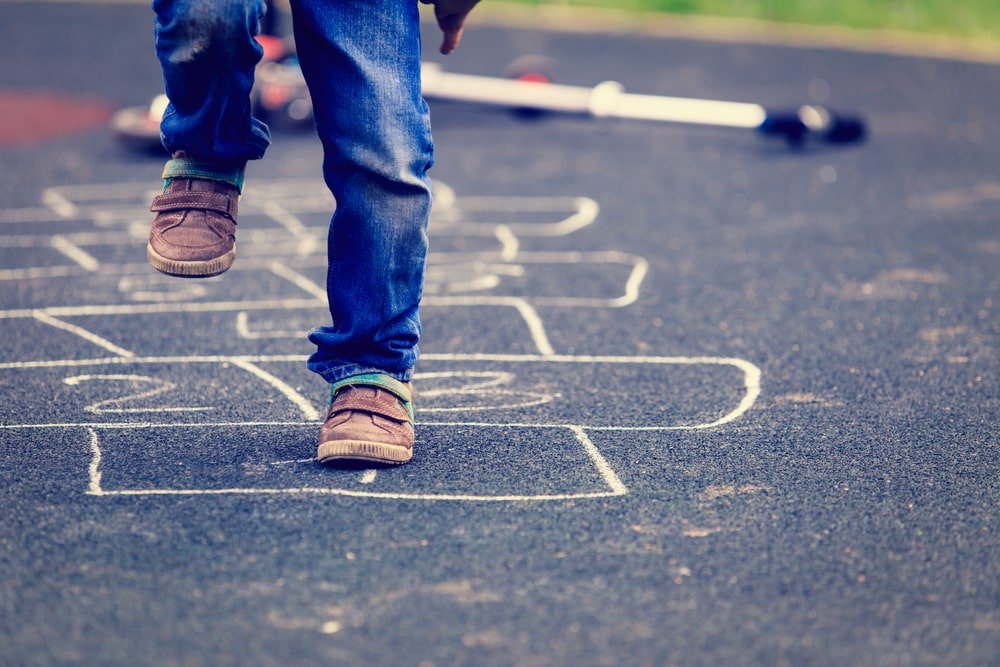Helping Teens understand and deal with Bullies

We come to this world wanting two things: Seeking connection and avoiding rejection.
This fear of rejection started in the days of tribal life when people used to go out hunting and gathering, and they had to do it in groups for safety purposes. Anytime someone was left out, he was risking being attacked by a wild animal, starving, or even dying out of thirst.
Being part of a group was wired into our brains millions of years ago and is actually attached to the very primitive need for survival.
For that reason, children’s most powerful need is to connect and belong to a group. This need starts at an early age and develops more in the teenage years, where teens are trying to find their identity and value.
The group is the “tribe” and teenagers need to belong to feel “safe” and accepted. One way this happens is when the “group” finds one person to exclude and bond over that.
In other words, the members of the bullying group connect by rejecting someone else. And this is where peer pressure comes to play. Feeling pressured to bully someone to fit in a group is so common amongst children and teens.
A bully is characterized by low self-esteem. Studies have shown that most bullies are bullied at home. And since they cannot get that self-esteem from within, they try to get it from external elements, and that’s by putting someone else down.
A perfect analogy is the seesaw: The bully cannot go up unless he pushes the person on the other end down.
One thing to teach your kids is that bullies cannot hurt you unless you believe everything they say and let it all in. In other words, no one can reject you without your permission.
And the best way to block whatever a bully is saying is by responding, repeatedly, by: “THANK YOU FOR SHARING.”
This magical phrase has the power of bursting the bully’s bubble, stopping him in his tracks, not knowing what to do next.
That been said, it is important to understand that both parties, the bully and bullied, are suffering from self-esteem issues, and it is never too late to help them both through counseling, therapy, and other means.
Working with the bully, who is actually a little child, to regain his lost confidence and self-worth, is the first step to help him transform and let go of this kind of behavior.
Instead, what usually happens is that we, as parents, schools, teachers, and other kids, go into condemning and labeling them as” the bullies.” Unfortunately, what most people don’t know is when you label a child, you limit him.
This label becomes a blueprint, a belief about himself. Through labeling, we restrict the child in that particular role, where there is nowhere to go from there, but to perform behaviors proving and reflecting that inner self-belief, that we all helped install.



















